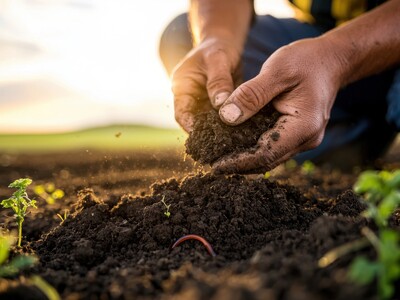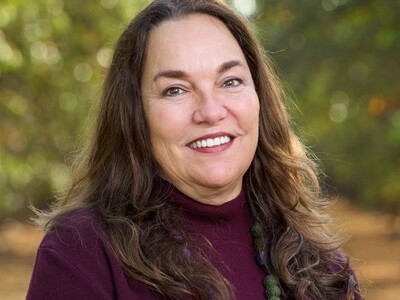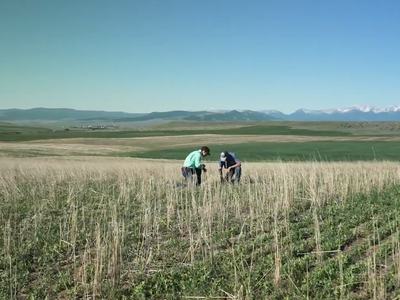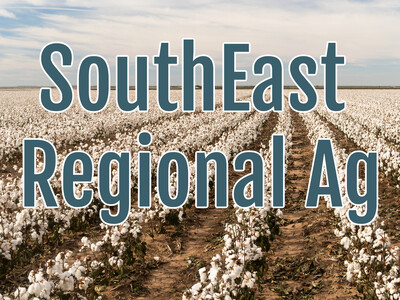Biochemistry in potato industry
Biochemistry offers path to help reduce huge losses in potato industryUniversity of Nevada, Reno researcher using biotechnology to identify solutions
The work won't just be in the lab under a microscope. Kosma is growing a greenhouse full of potatoes in the College's climate-controlled greenhouses. Using the greenhouse crops, the team has used CRISPR-based editing, a genetic engineering technique, identify the genes in potato to better understand the function of these master switches that activate suberin deposition.
"The overarching goal is to determine the function of these novel transcription factors in regulating the wound healing process and determine their role in the different rates of tuber wound-healing in commercial chipping cultivars," he said. "If they can heal better and faster, we can reduce losses in storage. Like the proverbial bad apple, one bad spud spoils the bunch.”
Physical damage to potatoes in the form of wounding and skinning during harvest and transport to storage facilities is inevitable. Poor wound healing and subsequent pathogen infection is one of the major culprits for the post-harvest storage losses.
Some commercial cultivars – plants produced by selective breeding – such as the Atlantic variety, have desirable characteristics for potato chips but poor wound healing capacity and as a result, greater losses during storage.
Kosma began this research four years ago with a grant from the National Science Foundation. He continues to track down the master switches to make tasty, durable potatoes with continuing funding from a leading potato chip producer, which seeks to reduce storage losses by selectively breeding out those poor wound healing characteristics.
"Some varieties have excellent taste for chips or French fries but are lousy in storage," Kosma said. "Others are great in storage but don’t have the greatest taste. My group is working with industry and potato breeders to improve the storability of these high-quality cultivars. Long-term storage of potatoes is required for chip production to continue year-round."
Potato, a food staple around the world, is one of the top five crops in Nevada and is the number one vegetable crop, with a more than $4 billion industry, in the United States. As much as 33% of the U.S. potato yield is lost due to post-harvest issues each year; this equates to about $1.2 billion in lost potential revenue – just at the level of the farmer.
In addition to stemming the tide of losses with potatoes, Kosma hopes what they learn in this process will also be applicable to other food crops.

















